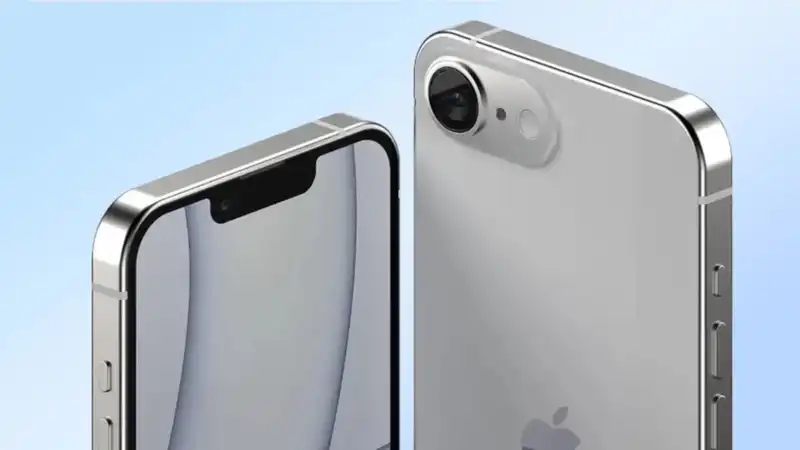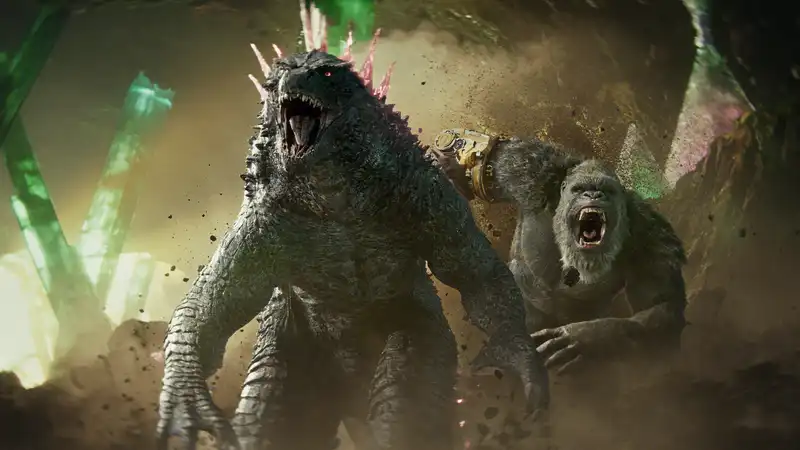The OnePlus 13 is scheduled to debut in China on October 31. This is because the full list of specs has been leaked online.
The specs come from China's regulatory agency TENAA (via GSMArena), which suggests that they are genuine. Not that these specs are particularly outlandish, the only thing that gave me pause was the inclusion of the Snapdragon 8 Elite chipset.
Snapdragon's latest flagship chip was just announced last week, but its debut looks very early. It makes sense that this chip will be included in the OnePlus 13, considering that the Snapdragon 8 Gen 4 will more or less appear under a different name. The only difference is that OnePlus will hold its launch event in China two months earlier than last year.
Other specs shared include a choice of 12GB, 16GB, or a whopping 24GB of RAM, a considerable upgrade from the OnePlus 12's 16GB. Storage is set to be offered in 256GB, 512GB, or 1TB configurations, and as OnePlus has already confirmed, we are set to get a huge 6,000 mAh battery with 100W wired charging. Thankfully, wireless charging is still alive and well this year, but the maximum speed is 50W, the same as previous models.
The phone itself is set to feature a 6.82-inch display that offers QHD resolution, an ultrasonic fingerprint scanner, and a 120Hz refresh rate. Although not mentioned, we expect it to be an adaptive 1-120Hz refresh rate like last year's. Dimensions are 6.37 x 3.0 x 0.33 inches and weigh 7.5 ounces.
On the camera front, we can expect three 50MP rear lenses. They are the main lens, an ultra-wide angle lens, and a telephoto lens with 3x optical zoom. We had expected a higher magnification, especially since 5x optical zoom is becoming more common, but apparently this was not the case. The front camera shoots at 32MP resolution. [This is an odd camera spec range given that the OnePlus 12 had a 64MP telephoto lens and a 48MP ultra-wide angle camera.
It should be remembered that these specs are specifically listed for the Chinese version of the OnePlus 13. The global model coming next year may be slightly different, but in the past there have been few (if any) notable hardware differences. But we will have to wait until next year to find out for sure.










Comments